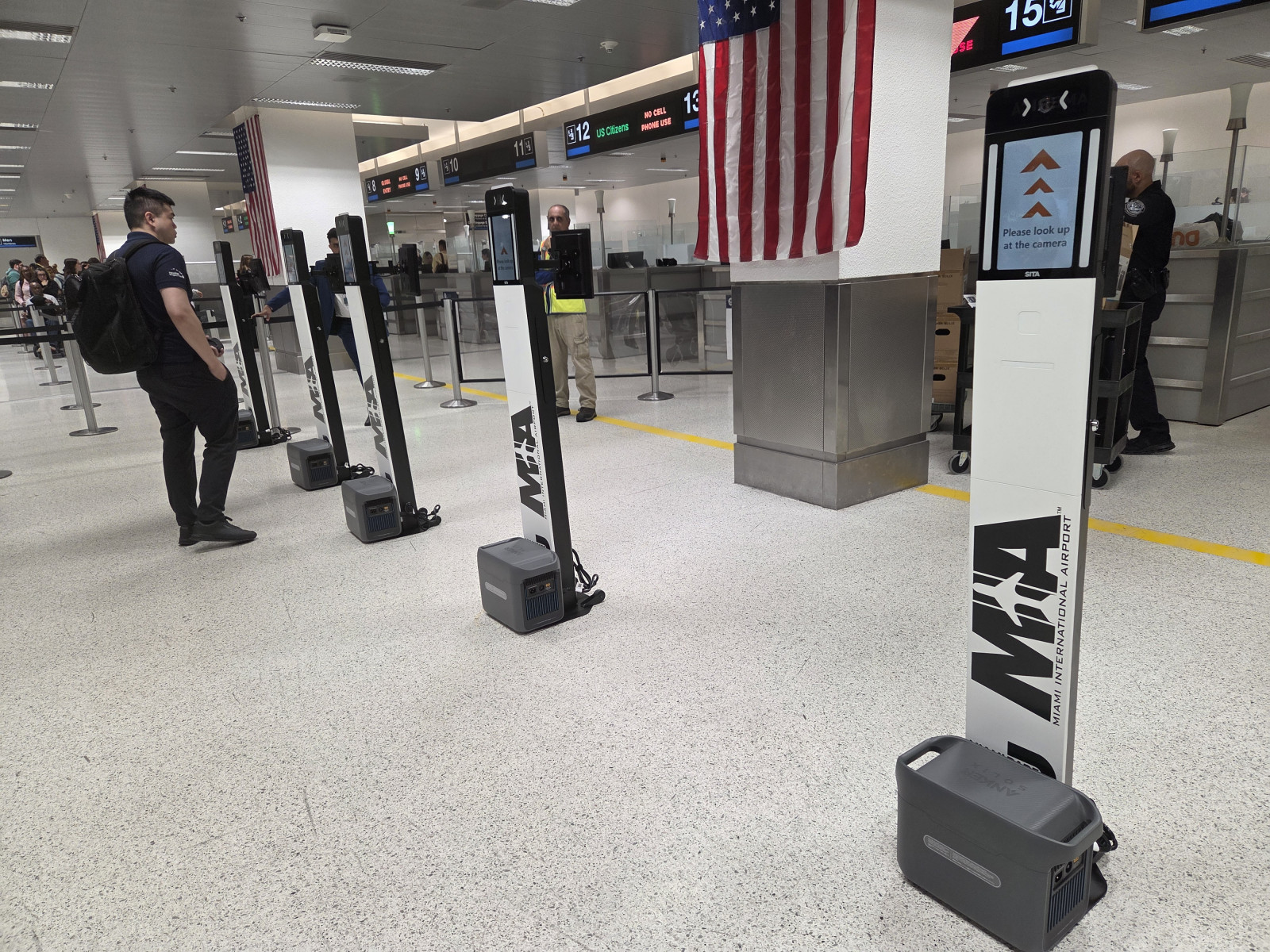Key takeaways from America’s AI Action Plan
The White House has released its America’s AI Action Plan, setting out a policy framework to accelerate artificial intelligence development while addressing infrastructure, workforce, and security needs.

August 8, 2025
by
Jonathan Andrews
The White House has released its America’s AI Action Plan, setting out a policy framework to accelerate artificial intelligence development while addressing infrastructure, workforce, and security needs.
The White House AI Action Plan is built on three strategic pillars:
- Accelerating AI innovation.
- Building national AI infrastructure.
- Leading international AI diplomacy and security.
Key implications for aviation include:
- Funding conditions: Federal funds will be restricted for states imposing burdensome AI regulations. This introduces a risk of uneven access to resources, depending on state politics, and could affect the ability of airports to benefit from federally backed AI initiatives.
- Open data and open source: The plan calls for federally funded researchers to share non‑proprietary datasets. This move towards mandated openness is intended to lower barriers for small and medium‑sized enterprises (SMEs) and academic institutions, and is particularly relevant for airports that already rely heavily on collaboration and data sharing.
- Workforce development: Reskilling (teaching employees new skills for different roles) and upskilling (enhancing existing skills) are central, with an emphasis on building a pipeline of AI‑ready workers. The document presents an optimistic view of AI creating more jobs, but lacks detail on managing near‑term displacement and traditional skills becoming obsolete.
- Energy and infrastructure: Stabilising the electricity grid and ensuring capacity for both AI infrastructure and critical industries such as aviation is identified as a national priority. Airports will need to compete with data centres for energy resources, making grid resilience a direct operational issue.
- Cybersecurity and incident response: The plan commits to building federal capabilities for AI incident response, including playbooks (step‑by‑step guides) and coordination with operators of critical infrastructure. This is expected to set standards that airports may need to align with.
Industry reaction
Aviation leaders have welcomed the plan’s breadth but noted challenges in implementation, including data quality, privacy, and integration with legacy systems. Cybersecurity specialists also warned that AI adoption at scale is being slowed by security risks, with calls for greater investment in threat detection, vulnerability management, and resilience.
Image: Valentin M Armianu | Dreamstime.com






